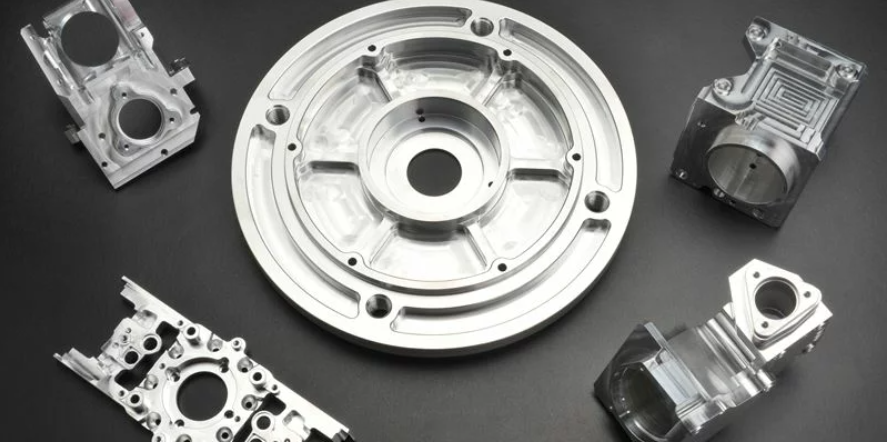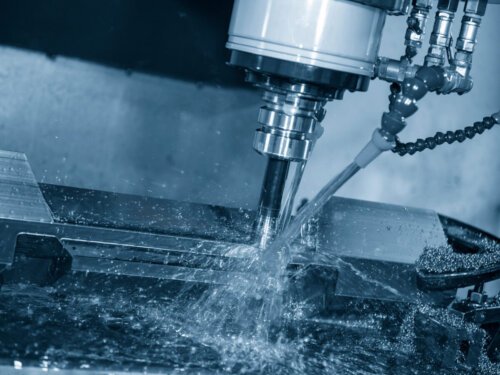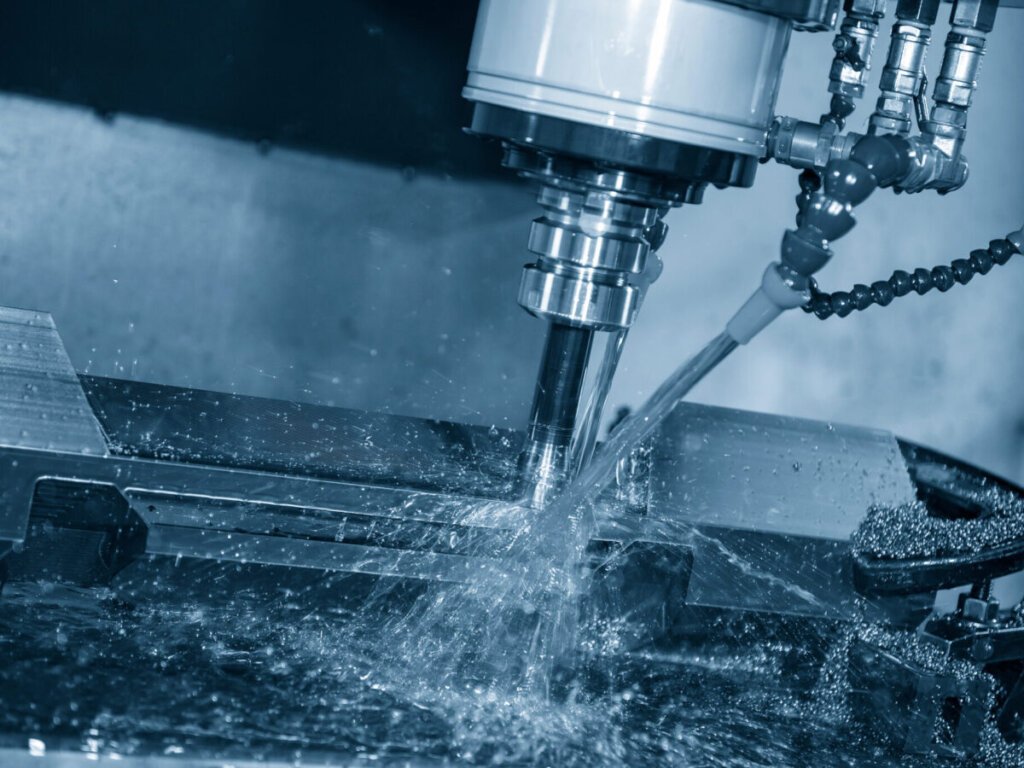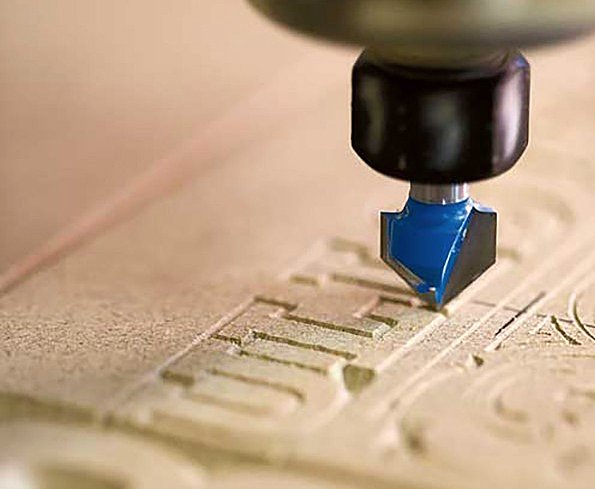CNC (Computer Numerical Control) machining has revolutionized modern manufacturing, offering unmatched precision, repeatability, and efficiency. Over the decades, CNC technology has evolved from basic punch-tape systems in the 1950s to today’s advanced multi-axis machining centers. With the integration of high-speed computing, AI-assisted toolpath optimization, and real-time monitoring, CNC machining has reached new heights of productivity and accuracy. In this article, we’ll explore the key components, materials, and future trends that make CNC machining projects a cornerstone of modern manufacturing.
Key Components and Technologies in CNC Projects
A typical CNC project involves several core elements, each crucial for achieving superior machining outcomes:
1. CNC Machines
CNC machines include milling machines, lathes, routers, and multi-axis machining centers. High-end models, such as 5-axis CNC mills, allow for complex geometries to be machined in a single setup, reducing production time and improving accuracy.
- Example: A 5-axis CNC mill can produce intricate aerospace components with minimal setup changes.
2. Control Systems
Modern CNC machines are equipped with advanced controllers from brands like Siemens, Fanuc, and Heidenhain, enabling precise motion control and adaptive machining strategies.
- Pro Tip: Use controllers with real-time monitoring to optimize machining parameters dynamically.
3. Tooling and Fixturing
High-performance carbide and ceramic cutting tools, combined with modular fixturing systems, improve material removal rates and surface finishes.
- Real-World Example: A manufacturer using high-performance carbide tools reported a 20% increase in material removal rates.
4. CAD/CAM Integration
Computer-Aided Design (CAD) and Computer-Aided Manufacturing (CAM) software such as Mastercam, Fusion 360, and CATIA optimize tool paths and enhance machining efficiency.
- Stat: According to a 2021 report by Manufacturing Global, CAD/CAM integration can reduce machining time by up to 30%.
5. Automation and Robotics
CNC projects increasingly incorporate robotic arms, automatic tool changers (ATCs), and palletized work-holding systems to minimize downtime and enhance throughput.
- Case Study: A metalworking shop integrated robotic arms into their CNC workflow, reducing downtime by 40%.
 Material Considerations and Machining Strategies
Material Considerations and Machining Strategies
Material selection plays a vital role in CNC machining projects. Commonly machined materials include:
1. Metals
Aluminum (6061-T6, 7075), stainless steel (304, 316), titanium (Ti-6Al-4V), and tool steels (D2, H13) are commonly used for high-strength applications.
- Example: Titanium is often used in aerospace components due to its high strength-to-weight ratio.
2. Plastics
PEEK, PTFE, and Delrin are used for lightweight and corrosion-resistant components.
- Pro Tip: Use specialized tooling to prevent melting and deformation when machining plastics.
3. Composites
Carbon fiber-reinforced polymers (CFRP) and glass fiber composites require specialized tooling to prevent delamination.
- Real-World Example: A manufacturer using CFRP for automotive parts reported a 15% reduction in weight without compromising strength.
Machining Strategies
Machining strategies depend on material properties. For example, high-speed machining (HSM) is favored for aluminum, while trochoidal milling techniques help reduce tool wear when working with hardened steels. Advanced cooling strategies, including minimum quantity lubrication (MQL) and cryogenic machining, further enhance tool life and surface quality.
Quality Control and Precision Standards
CNC machining projects demand strict adherence to quality standards such as ISO 9001 and AS9100 (for aerospace). Precision measurement techniques ensure conformance to tolerances as tight as ±0.002 mm, using:
1. CMM (Coordinate Measuring Machines)
CMMs are used for high-precision part verification.
- Example: A CMM can measure the dimensions of a complex aerospace component to ensure it meets specifications.
2. Laser Scanners and Optical Profilometers
These tools are used for non-contact surface analysis.
- Pro Tip: Use laser scanners for rapid inspection of large parts.
3. In-Process Probing Systems
These systems adjust tool paths dynamically and compensate for material variances.
- Real-World Example: A manufacturer using in-process probing systems reduced scrap rates by 25%.
Future Trends in CNC Machining
The future of CNC machining is shaped by several key trends:
1. Additive-CNC Hybrid Manufacturing
The integration of CNC with additive manufacturing (e.g., Directed Energy Deposition) enables rapid prototyping and customized production.
- Example: A hybrid machine can 3D print a part and then finish it with CNC machining in a single setup.
2. AI-Driven Machining Optimization
Machine learning algorithms analyze cutting conditions in real-time, reducing tool wear and improving efficiency.
- Stat: A 2022 study by IndustryWeek found that AI-driven optimization can reduce tool wear by up to 30%.
3. IoT and Industry 4.0 Integration
Smart CNC machines with IoT connectivity provide real-time data on machine health, tool wear, and process optimization.
- Case Study: A manufacturer using IoT-connected CNC machines reduced downtime by 20%.
4. Sustainable Manufacturing
The adoption of energy-efficient motors, biodegradable coolants, and optimized material usage contributes to eco-friendly machining processes.
- Example: A company using biodegradable coolants reported a 15% reduction in environmental impact.
Conclusion
CNC machining continues to redefine the landscape of precision manufacturing. From aerospace to medical devices, its impact spans across industries, driving innovation and efficiency. As technology advances, CNC machining projects will become even more intelligent, autonomous, and capable of meeting the ever-evolving demands of modern manufacturing.
If you’re looking to elevate your manufacturing capabilities, investing in CNC machining technology is a smart move. With its precision, efficiency, and versatility, CNC machining can help you stay ahead of the competition and meet the demands of today’s market.







